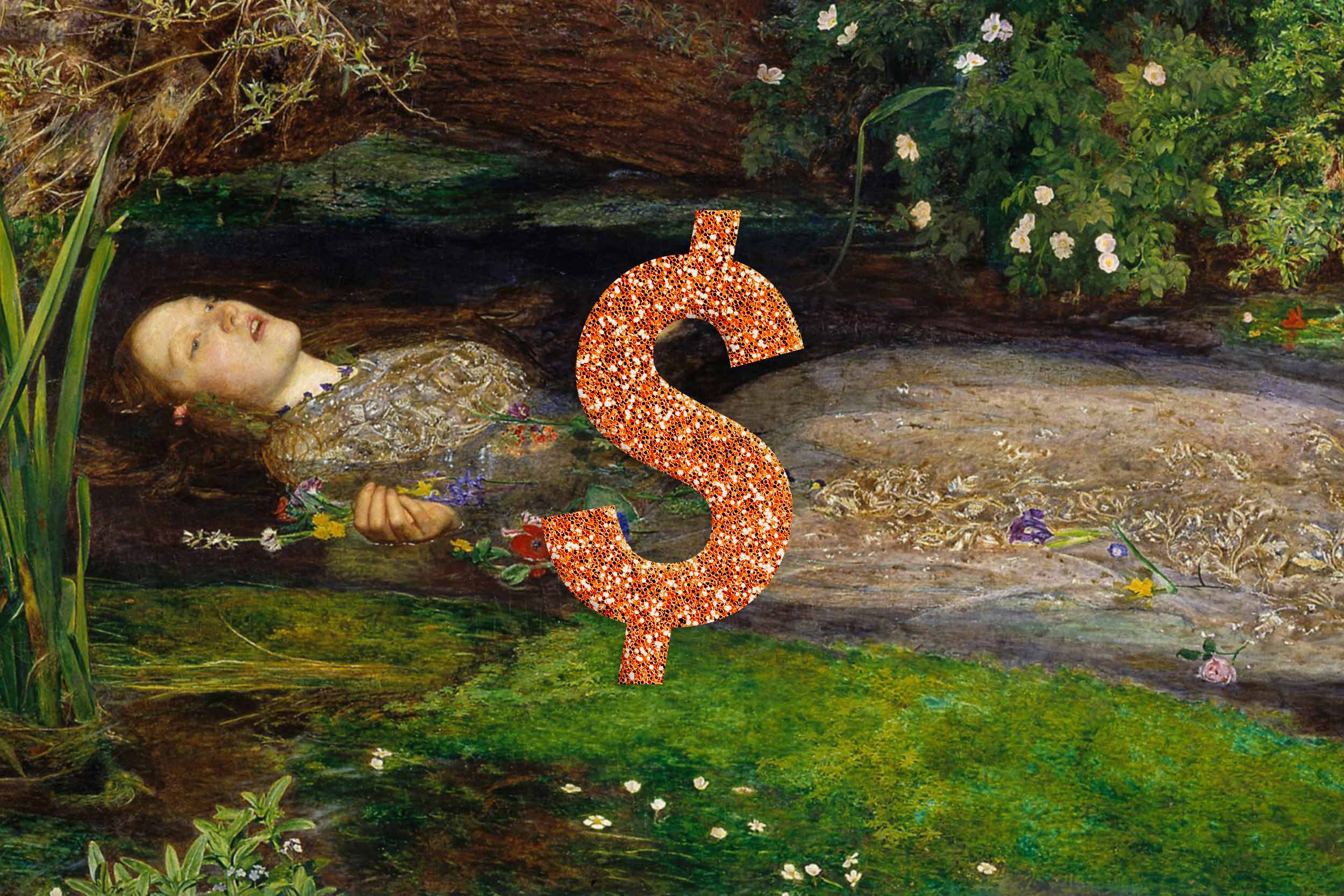Taylor Swift is most certainly not drowning in melancholy, like Shakespeare’s doomed “Hamlet” character, Ophelia.
Released Oct. 3, the mega star’s 12th and most successful album, “The Life of a Showgirl,” is dominating and it’s due to more than the album’s hooky opening track, “The Fate of Ophelia.”
Anthony Palomba, an assistant professor of business administration at the University of Virginia’s Darden School of Business, is an expert on branding and the marketing processes behind entertainment and media. Here, he digs into Swift’s massive business plan behind the pulsing success of “Showgirl,” the most-streamed and best-selling album of the modern age.

Anthony Palomba is an assistant professor of business administration at the University of Virginia’s Darden School of Business and an expert on branding and the marketing processes behind entertainment and media. (Photo by Matt Riley, University Communications)
Q. Why did the No. 1 trending Swift video, “The Fate of Ophelia,” debut with no ads?
A. Taylor Swift’s decision to initially release “The Fate of Ophelia” without ads is almost certainly strategic. By eliminating ad interruptions, she reduces friction for viewers, making it more likely that people will watch the full video, rewatch it and share it widely. In the high-stakes first days of a release, these small adjustments compound into significantly higher view counts. Ads can create drop-offs, lengthen load times and generally break the seamless experience Swift’s team likely wanted in those crucial early hours.
Beyond viewer convenience, this choice ties directly into chart performance. YouTube views count toward Billboard’s Hot 100 and other industry benchmarks, and ensuring uninterrupted viewership maximizes the velocity of those views. The absence of ads is less about lost revenue and more about creating a smooth runway for momentum, ensuring that the video builds virality at the speed her team needs for record-breaking results.
Q. What records is Swift trying to smash, and what’s the strategy?
A. Swift is eyeing several records across multiple platforms and categories. First, Swift has been able to sell 2.7 million copies of “The Life of a Showgirl” on its first day of release, and 3.5 million copies in the first five days of its release, breaking her own personal record. She also has the record for the most streams in a single day with the introduction of “The Fate of Ophelia” single. The album has also become Spotify’s most-streamed album in a single day in 2025, just 12 hours after its debut release.
The strategy is a feedback loop. Fewer ads lead to more completions and views, which in turn drive higher chart rankings. Strong chart placement attracts media attention, which boosts streams and album sales. Those numbers, in turn, generate more headlines and fan activity, fueling a cycle that keeps Swift in the cultural conversation. Her team has refined this formula over years, mastering the balance between surprise drops, viral momentum and carefully engineered silence to let the fandom amplify her moves.










